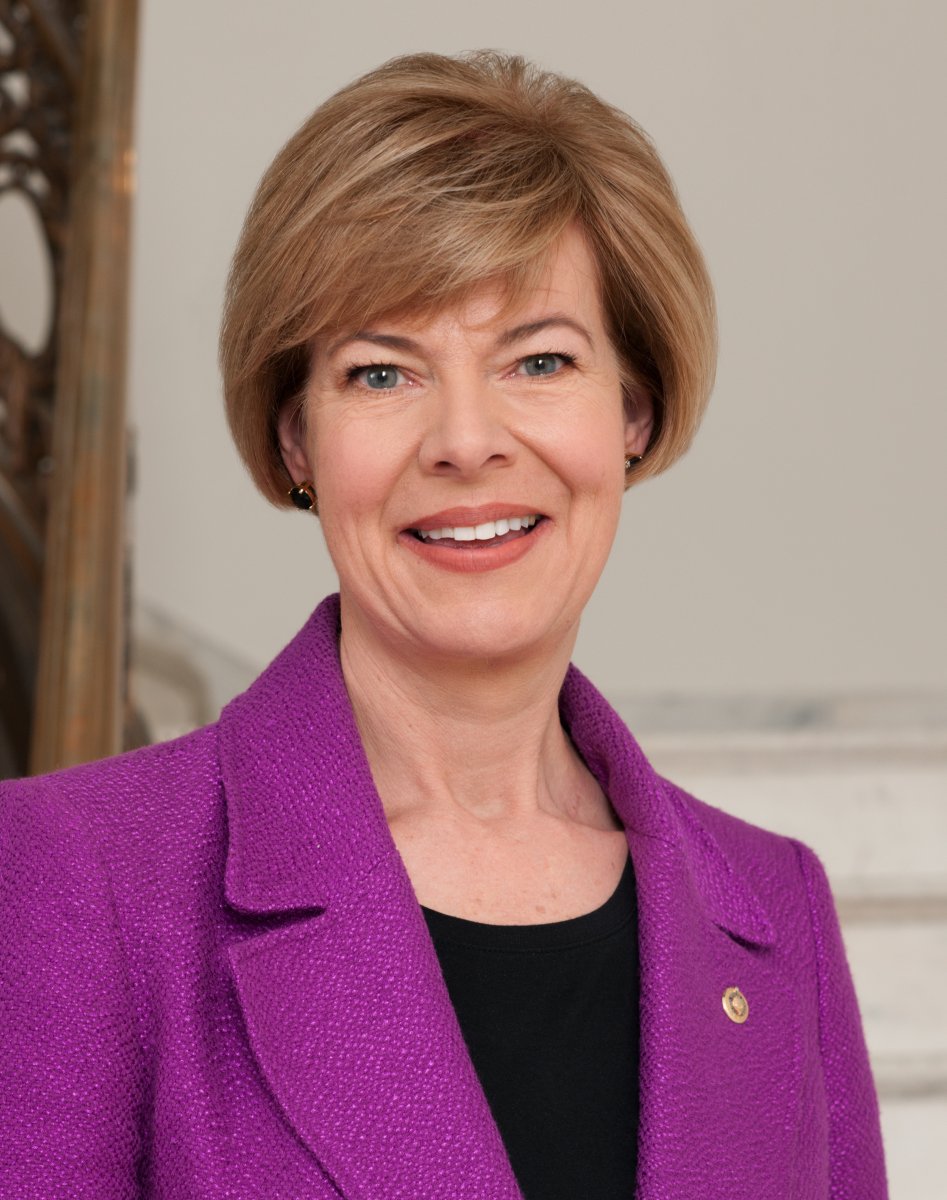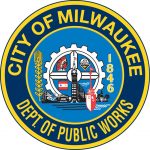Senator Baldwin Works to Deliver $1 Billion Investment from the Bipartisan Infrastructure Law to Cleanup and Restore Great Lakes
The investment will accelerate cleaning Areas of Concern in Wisconsin near the St. Louis River, Fox River, Milwaukee Estuary, and Sheboygan
WASHINGTON, D.C. – Today, U.S. Senator Tammy Baldwin announced that as a direct result of the Bipartisan Infrastructure Law, the Environmental Protection Agency (EPA) will make significant progress in the clean-up and restoration of the Great Lakes’ most environmentally degraded sites, securing clean water and a better environment for millions of Americans in the Great Lakes region. The agency will use the bulk of the $1 billion investment in the Great Lakes from the Bipartisan Infrastructure Law to clean up and restore severely degraded sites, known as “Areas of Concern” or AOCs. This will allow for a major acceleration of progress that will deliver significant environmental, economic, health, and recreational benefits for communities throughout the Great Lakes region.
“Keeping the Great Lakes clean and healthy is important to our economy and way of life in Wisconsin,” said Senator Baldwin. “The Bipartisan Infrastructure Law I voted for is helping us clean up polluted sites, restore water quality, and combat invasive species, ensuring Wisconsin’s economy is moving forward and our Great Lakes are protected and preserved for generations to come.”
In 2018, an independent economic study from the Great Lakes Commission and the University of Michigan found that every Great Lakes Restoration Initiative dollar spent produces an additional $3.35 of economic activity. For older industrial cities, including AOCs such as Buffalo and Detroit, the study found that there may be more than $4 in additional economic activity for each federal dollar spent. A 2020 analysis of the Great Lakes determined that the region supports more than 1.3 million jobs, generating $82 billion in wages annually.
EPA projects that the Bipartisan Infrastructure Law funding, combined with funds from annual Great Lakes Restoration Initiative appropriations and funding from other sources, will, between now and the end of 2030, enable the Agency and its partners to bring work to completion across 22 of the 25 remaining AOCs, with Bipartisan Infrastructure Law funding directly supporting 11 of these sites. In sum this will leave only three of the original 31 U.S. AOCs with work remaining, with those sites also benefiting from Bipartisan Infrastructure Law funding. In the coming months, EPA will release more detailed information on implementation of the Bipartisan Infrastructure Law funding for the Great Lakes.
EPA expects work to be completed by 2030 in the St. Louis River Area of Concern.
EPA will award this funding in accordance with the Biden Administration’s Justice40 Initiative, which promises to deliver at least 40 percent of the overall benefits from key federal investments to underserved communities. The effort also supports President Biden’s America the Beautiful initiative, which includes commitments to honor the nation’s conservation traditions, private property rights, the sovereignty of Tribal Nations, and the values and priorities of local communities.
In addition to support from the Bipartisan Infrastructure Law directed toward cleaning up the AOCs, EPA will continue the agency’s work to address other key issues such as addressing harmful algal blooms, nutrient reduction activities, protecting against invasive species, and monitoring the health of the Great Lakes. EPA anticipates additional resources could be available for these and other priorities because of the infusion of resources from the Bipartisan Infrastructure Law.
“As Chair of the Council of Great Lakes Governors, I’m proud of our bipartisan efforts to secure historic investments to protect and clean up our Great Lakes. Folks deserve clean water and these investments through the Great Lakes Restoration Initiative are a big step forward that will both improve water quality and help strengthen our coastal economies,” said Gov. Tony Evers. “Because of our hard work and leadership advocating for Wisconsin communities, we can now announce the advancement of these major remediation projects across our state. I look forward to continuing our work with the US EPA and the Biden Administration to ensure every Wisconsinite has access to clean water and to protect our Great Lakes.”
“Protecting our Great Lakes, including through the Great Lakes Restoration Initiative, remains a priority of mine. I worked for years to secure more funding to protect this vital resource and economic engine in our region,” said Rep. Gwen Moore. “Thanks to the bipartisan infrastructure law, an additional $1 billion in funding will help speed the cleanup of contaminated sediment that have polluted the major rivers into our harbor for too long, threatening public health and our environment. Doing so will support jobs while allowing Milwaukeeans and others to again take advantage of the opportunities that being located on a Great Lake offers.”
“Once again, Wisconsin is seeing the impacts of the Bipartisan Infrastructure Law,” said Rep. Ron Kind. “This funding will help us clean up some of the Great Lakes’ most polluted sites and deliver huge environmental and economic benefits for communities across our state. I’m thrilled this funding is headed to the Great Lakes region, and look forward to continuing to see the Bipartisan Infrastructure Law deliver for Wisconsinites.”
“Milwaukee’s industrial legacy has left our waterways compromised. But a broad coalition of business, environmental, recreation, and governmental interests are actively engaged in remedying the problem. We have made great progress; even so, we have a number of costly projects in the queue,” said Milwaukee Mayor Cavalier Johnson. “Additional resources from the Bipartisan Infrastructure Law will help remediate Milwaukee’s waterways within just a few years, rather than the decades of work we previously anticipated.”
“The critical role that Great Lakes waterways play in sustaining and advancing America’s economic vitality cannot be overstated. In Milwaukee County, our access to Lake Michigan is one our greatest assets for the economic growth of our region and for attracting top tier talent from around the country to relocate here,” said Milwaukee County Executive David Crowley. “When we invest in infrastructure, we are investing in Middle Class workers, families, and communities. President Biden and his administration are leading the way for the future of our economy.”
“My generation grew up disconnected from the water that surrounds our community. Pollution and degradation prevented us from accessing the natural world around us. The Bipartisan Infrastructure Law will allow us to permanently change that,” said Superior Mayor Jim Paine. “Delisting the St. Louis River Area of Concern will bring a new generation to the water and help us all teach the world how to protect these vital resources. This investment doesn’t just restore what we had – it builds back better.”
To see the full list of Areas of Concerns and anticipated work completion and delisting dates please visit: https://www.epa.gov/great-lakes-aocs/list-great-lakes-aocs
An online version of this release is available here.
NOTE: This press release was submitted to Urban Milwaukee and was not written by an Urban Milwaukee writer. While it is believed to be reliable, Urban Milwaukee does not guarantee its accuracy or completeness.
Mentioned in This Press Release
Recent Press Releases by U.S. Sen. Tammy Baldwin
Baldwin Announces $1.5 Million to Expand Apprenticeships in Milwaukee
Dec 12th, 2024 by U.S. Sen. Tammy BaldwinCream City YouthBuild will provide skills training, paid hands-on work experience, and help connect young people with good paying jobs
Baldwin Secures $13.4 Million for New Business Accelerator to Support Great Lakes Economy and Resiliency
Dec 10th, 2024 by U.S. Sen. Tammy BaldwinAnnouncement comes after Baldwin called on NOAA to invest in the Great Lakes





















